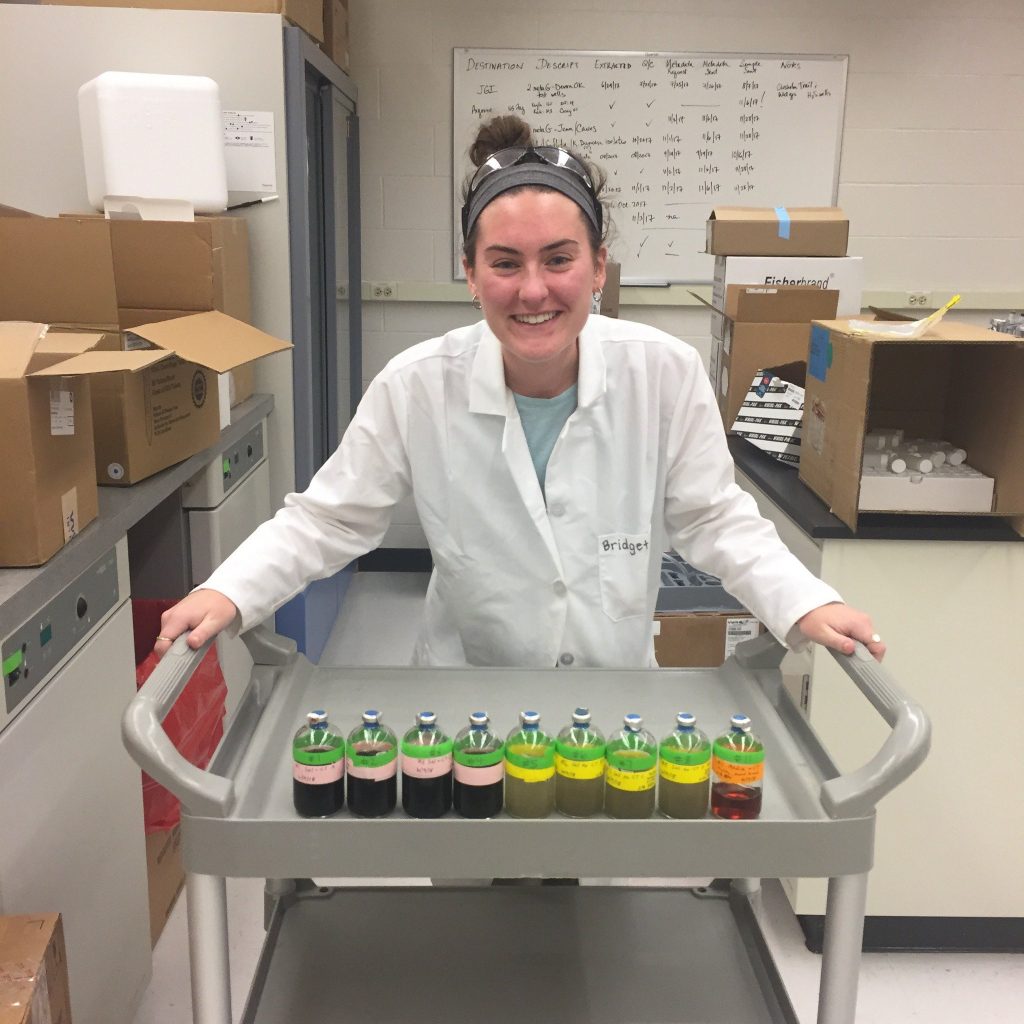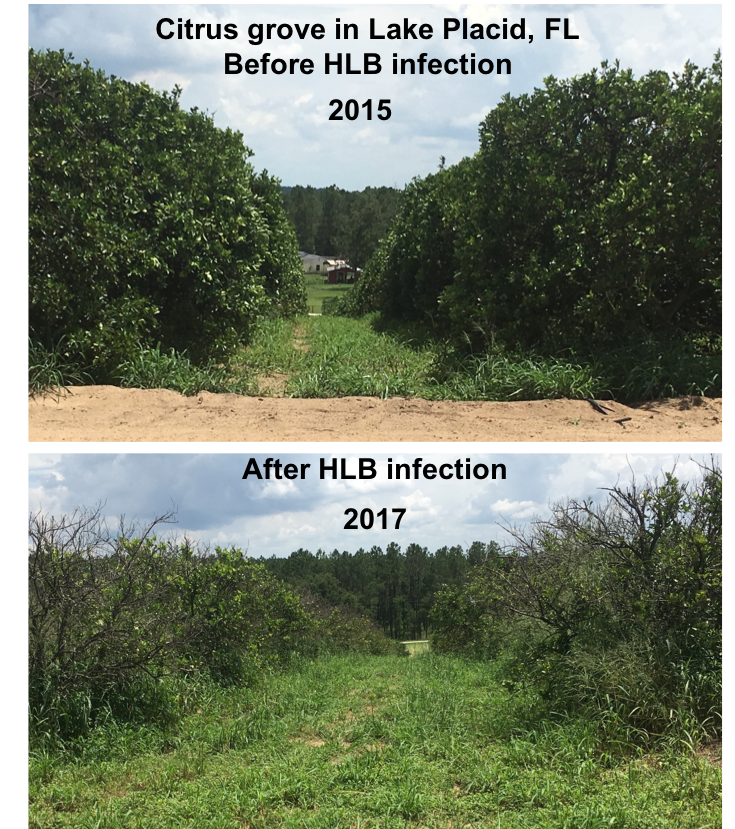Plant Microbiome

Unraveling biodegradation of condensed tannins, a phytochemical in soils
Plants produce polyphenols for a variety of purposes. Lignin, the most abundant polyphenols, are a part of the plant cell wall, whereas the second most abundant type of polyphenol, tannins, serve defensive roles in plants. Regardless of their physiological purpose, lignin and tannins represent a significant portion of terrestrial carbon. While decades of research has started to illuminate microbial lignin degradation, the biodegradation of tannins is relatively understudied. This is problematic because not only do tannins mediate recalcitrance of biofuels, but they also impact anoxic ecosystem processes through interactions with microbes. In the Wrighton lab, we are interested in uncovering the microbe-tannin interactions and how they impact carbon processing across ecosystems. We are using a multi-omics approach scaled across individual organisms and ecosystems, encompassing integrated metabolites, genomes, and proteomes, to elucidate microbial biodegradation enzymes for condensed tannins. Briefly, anoxic soil enrichments amended with tannins were sampled regularly over 20 days for 16S rRNA amplicon sequencing, metagenome sequencing, metaproteomics, and metabolomic analyses. Ongoing experiments will identify and characterize the enzymes involved in condensed tannin degradation, allowing us to search multi-omic datasets from other ecosystems for this metabolism.
For more info on our group, visit https://wrightonlab.com/

Plant-insect-microbiome interactions
The Trivedi lab and several researchers at CSU and Universities of Pennsylvania and Florida are working with Florida Citrus Industry to manage citrus greening (aka Huanglongbing, HLB) disease by proving a systems level understanding on plant-insect-microbiome interactions. HLB is the most destructive disease of citrus due to which Florida alone has lost about $7.8 billion in revenue, 162,200 citrus acres, and 7,513 jobs. We are using highly innovative recently developed platforms rooted in microbiome science, genome engineering, synthetic chemistry, computational biology and nanotechnology to understand the molecular, ecological, and evolutionary aspects of interactions between the insect vector, plant host, their associated microbiome, and HLB pathogen. This information is being used to engineer microbiome for increasing plant health. Furthermore our research is providing novel means to control HLB by manipulating microbiome to modify insect immune responses through next generation antimicrobials. Our research has a high potential to provide microbiome based therapeutic strategies that offer robust protection against HLB. This research is partially funded by Cutrale Industry, USA.
More information can be found at https://www.trivedi-laboratory.org.